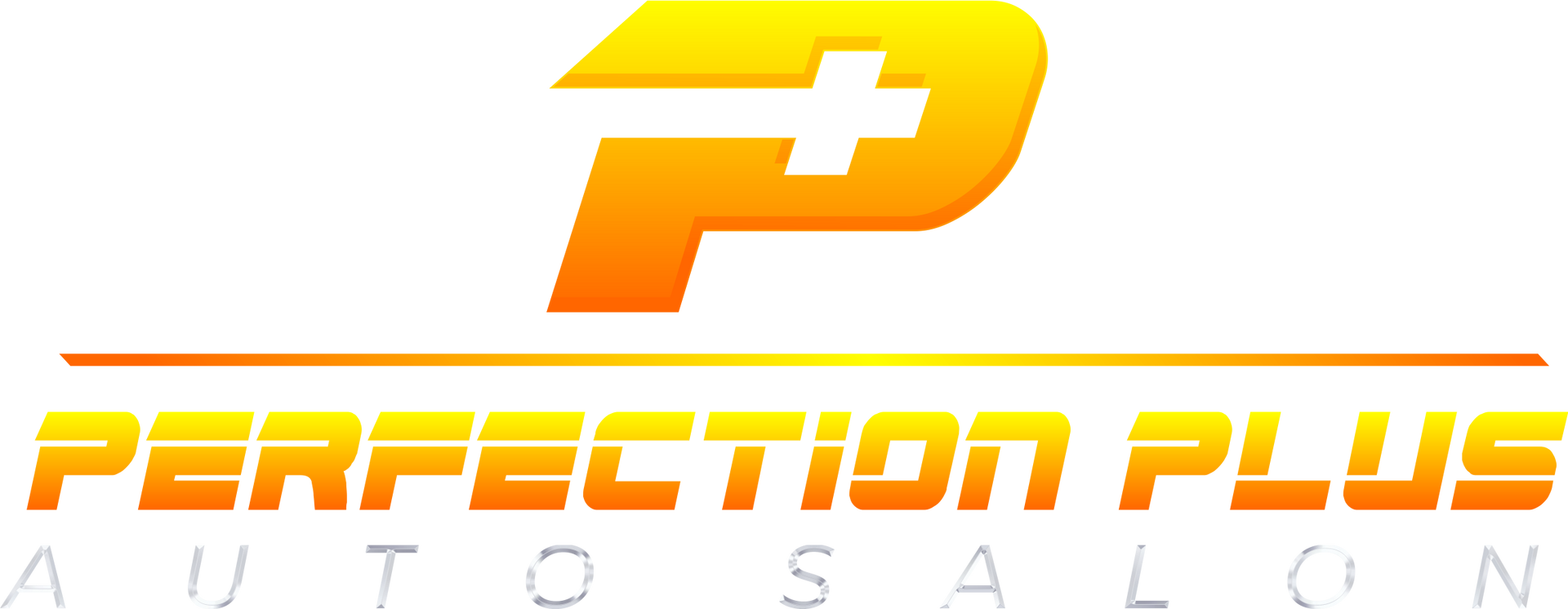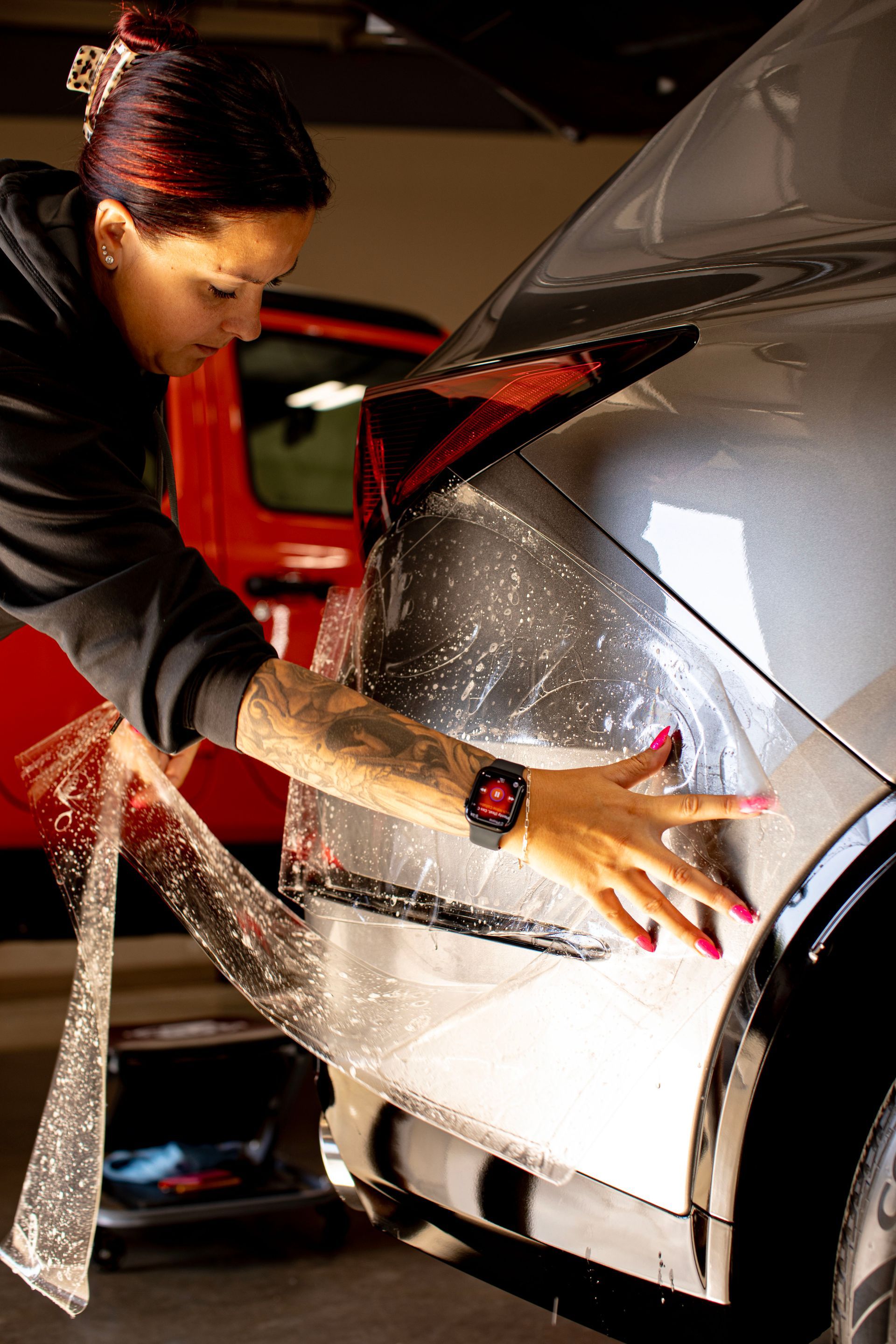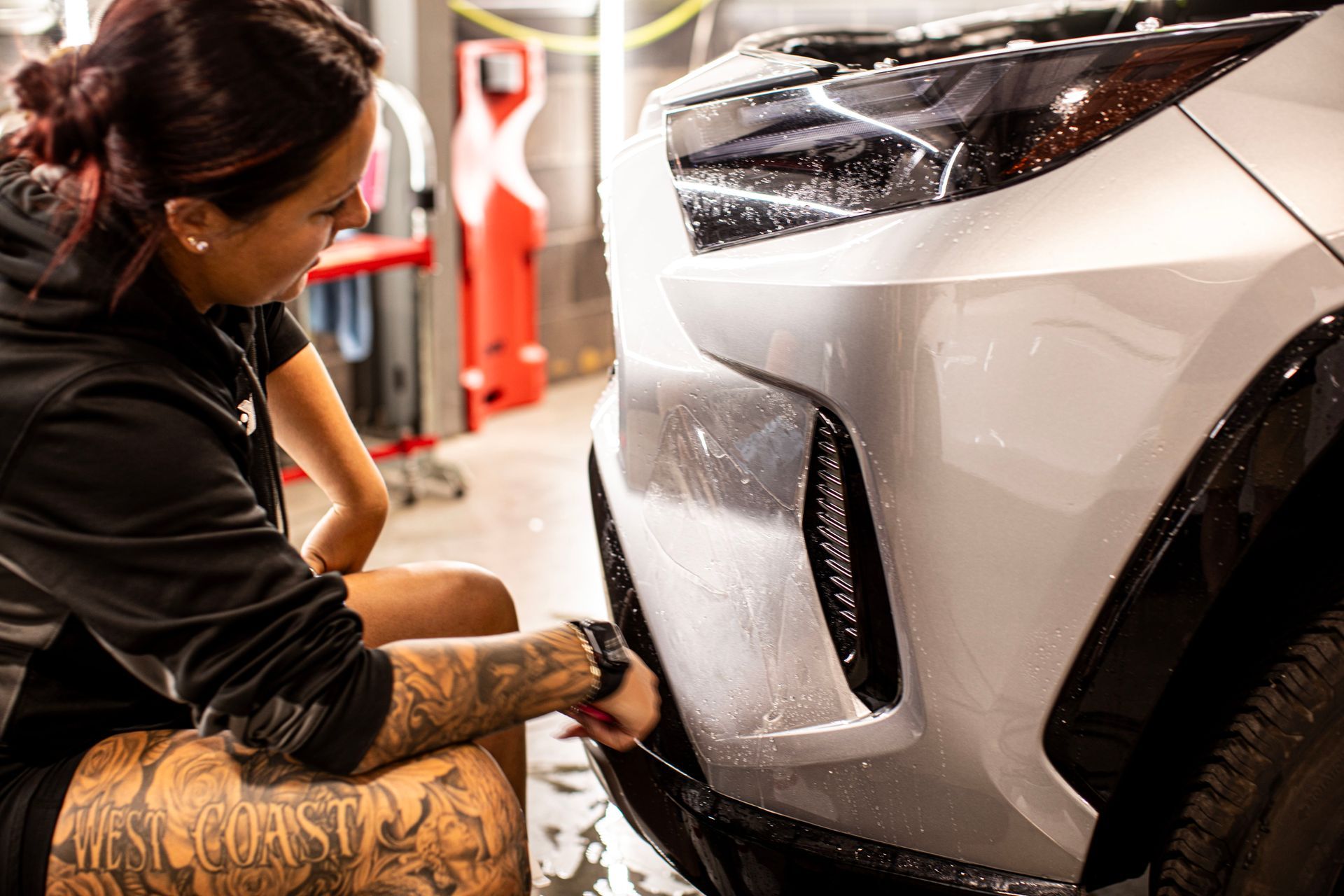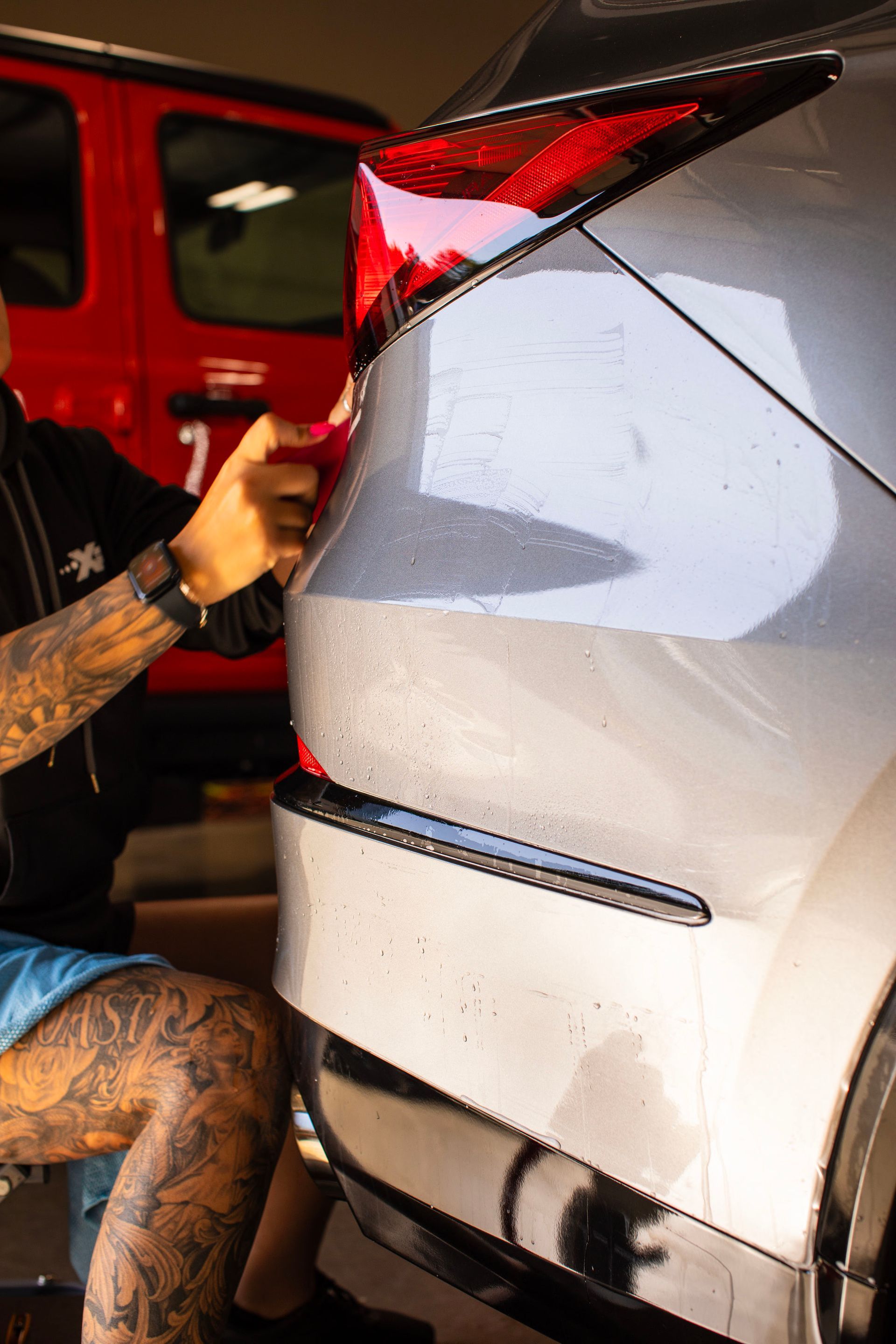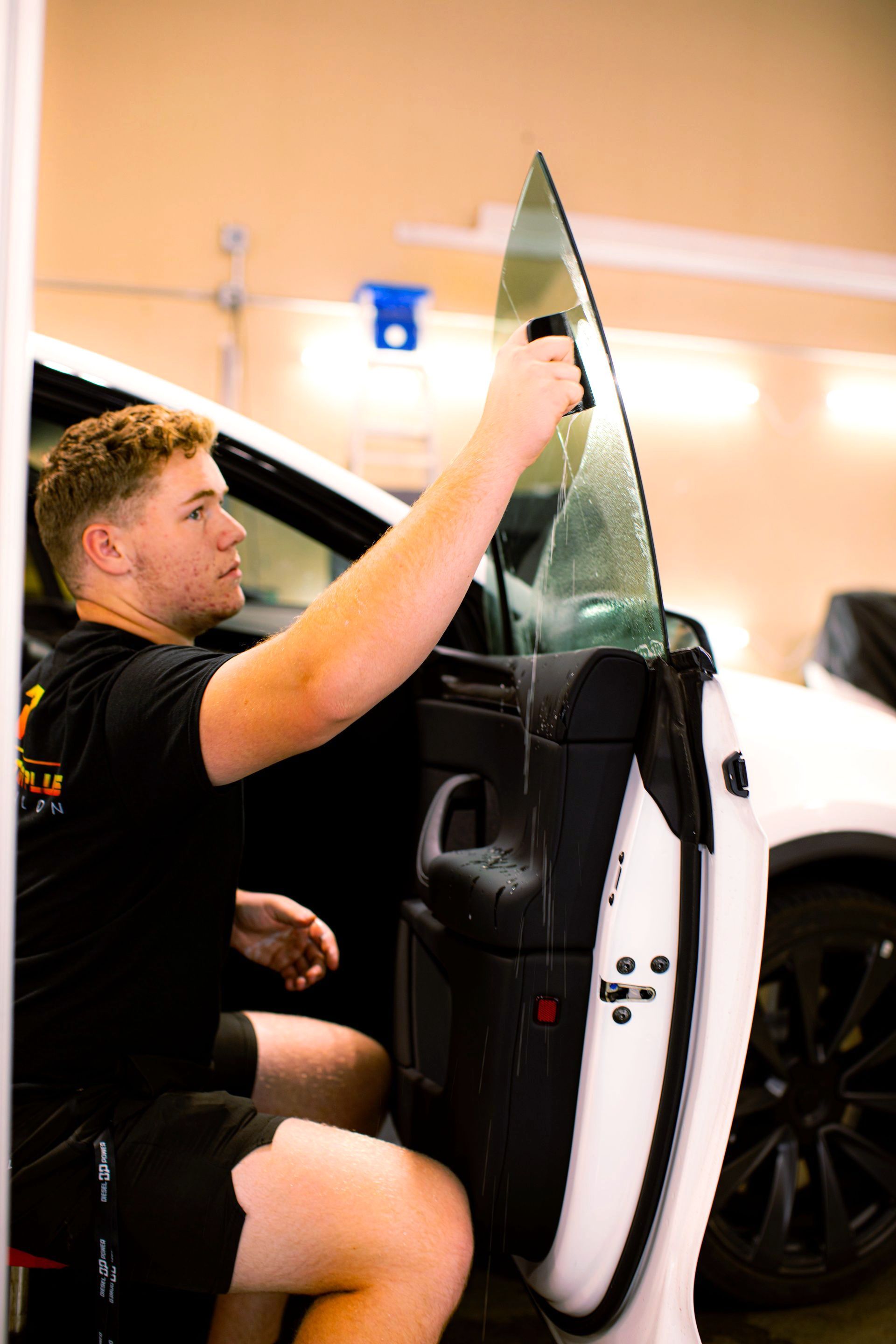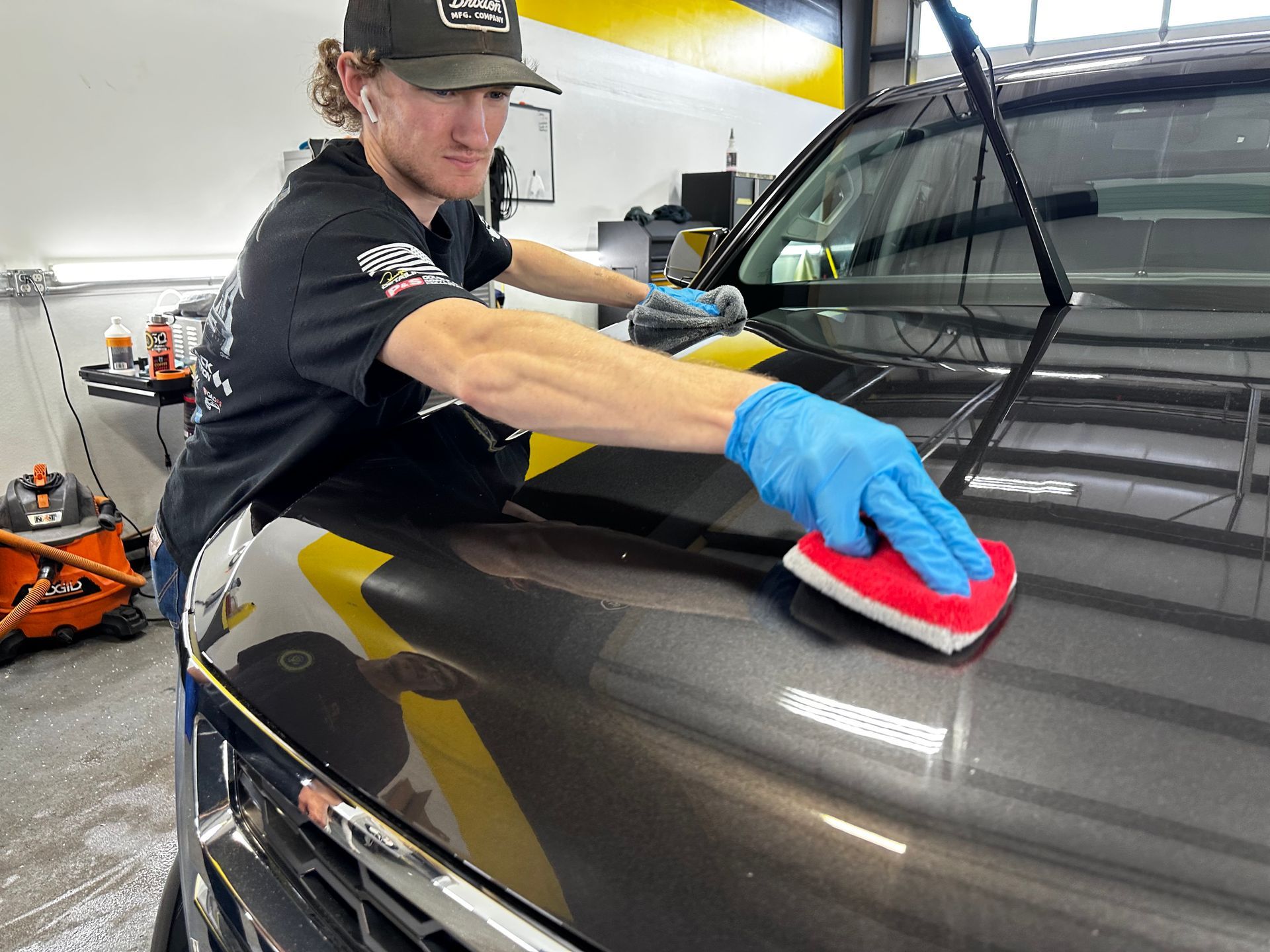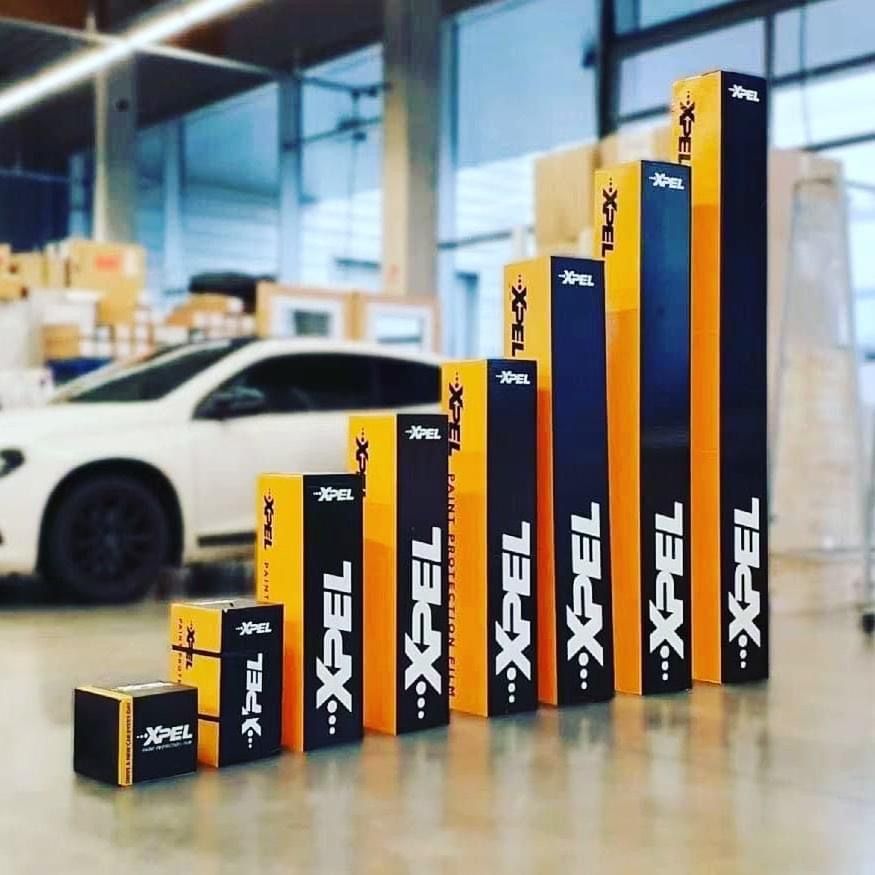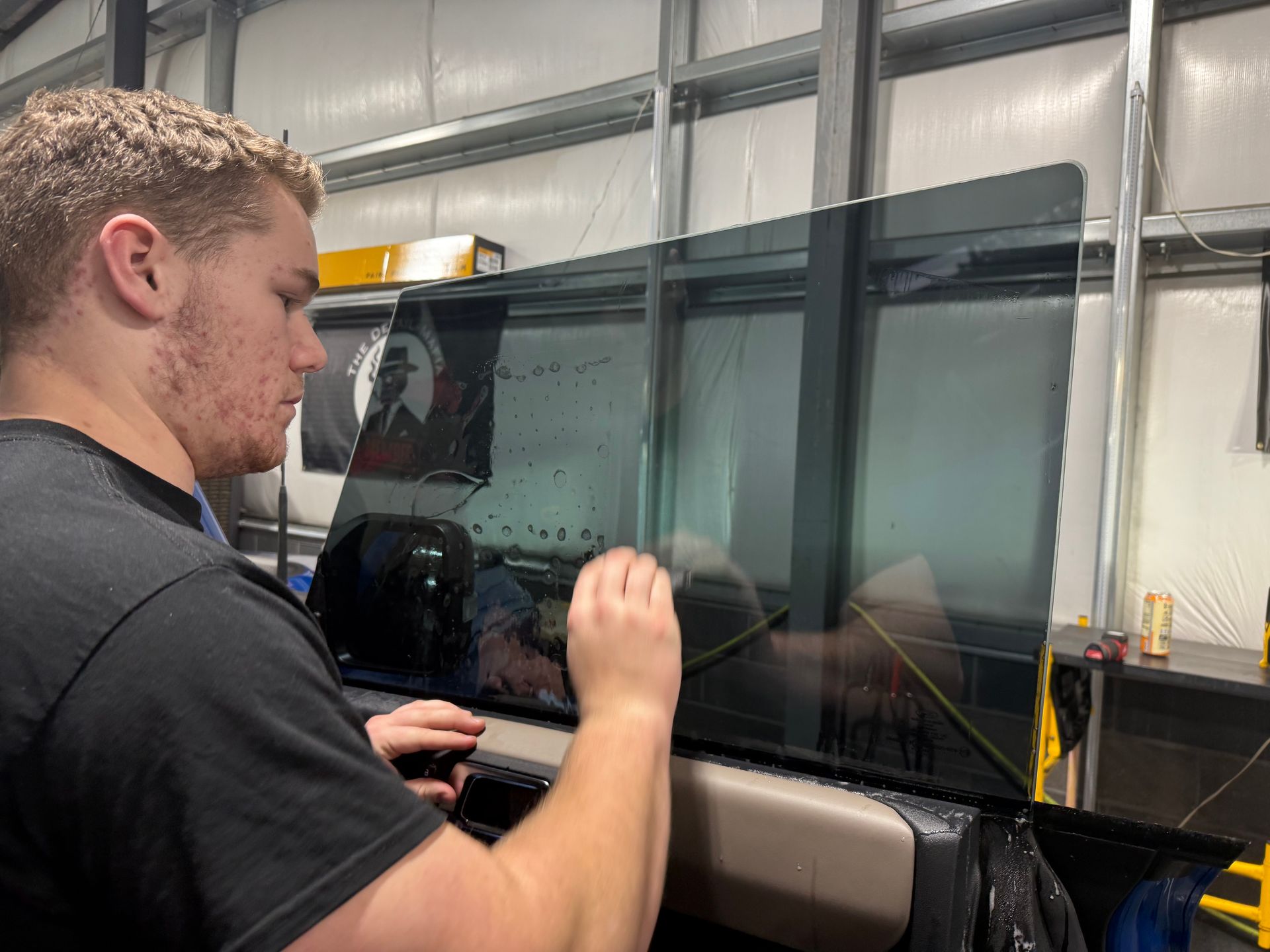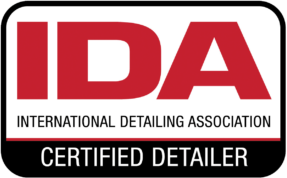Top Myths About Paint Protection Film Debunked: The Truth Revealed
GET A FREE ESTIMATEPaint protection films are often misunderstood. Many believe that they're highly noticeable or that they yellow and peel over time. In reality, advancements in paint protection film technology make them nearly invisible, resisting discoloration and wear with cutting-edge UV inhibitors and self-healing properties. Quite surprisingly, contrary to popular belief, a paint protection film doesn't interfere with car upkeep tasks and is beneficial not only for luxurious vehicles but for any vehicle that needs protection from external factors.
One common myth is that a paint protection film yellows and peels over time. The reality is that today's high-quality paint protection films are engineered to resist discoloration and degradation with advanced UV inhibitors and self-healing properties. Another myth is that PPF interferes with vehicle maintenance, but in reality, it is designed to be compatible with standard car care routines and provides an additional layer of protection.
Common Misconceptions About Paint Protection Film
Myth 1: PPF is visible and distracting.
It's understandable to be concerned about your car's appearance, but modern paint protection film technology has made significant advancements. Gone are the days when PPF was noticeable; today's materials allow for seamless installation and virtually invisible protection. It's like adding a shield to your car without anyone knowing it's there. The technology behind paint protection film has come a long way. Modern clear bras now offer a level of transparency that blends in with the original paint. In fact, unless you know where to look, it's practically impossible to spot this protective film on a well-maintained vehicle.
Myth 2: PPF yellows and peels over time.
High-quality films are engineered to resist discoloration and degradation with advanced UV inhibitors and self-healing properties. The fear of unsightly yellowing or peeling is outdated; today's paint protection film products are designed to withstand the test of time while maintaining their clarity and protective attributes. Paint protection films with UV inhibitors built in help prevent fading from prolonged sun exposure, maintaining your car's sleek appearance. Additionally, the self-healing properties embedded in professional-grade PPF brands enable any minor scratches to disappear with exposure to heat or sunlight.
Myth 3: PPF interferes with vehicle maintenance.
On the contrary, paint protection film is designed to be compatible with standard car care routines and serves as an additional layer of protection for your vehicle. Adhering to regular washing and waxing practices can actually enhance the longevity of both the film and your vehicle's exterior while keeping them looking pristine. Many misconstrue PPF as an impediment to their typical car care regimen, fearing that it may require special maintenance or complicate routine cleaning processes. However, reputable PPF installers recommend using gentle cleaning solutions and microfiber cloths for everyday upkeep.
Myth 4: PPF is only for luxury vehicles.
Contrary to popular belief, a paint protection film is suitable for vehicles of all makes and models, offering valuable protection against road debris, environmental hazards, and everyday wear and tear. Whether you drive a compact sedan or a rugged SUV, a PPF provides an added layer of defense against the elements. It's crucial to understand that all cars face similar risks on the road, regardless of their price tag or brand. No vehicle is immune to potential damage from outside factors, including rock chips brought on by highway driving and paint damage from tree sap.
By busting these myths about paint protection film, we can see how useful it is as a practical way to protect against different environmental factors and ease concerns about its visibility, compatibility with maintenance tools, and ability to be used on different types of vehicles.
The Reality of Protection Films Cost
When it comes to safeguarding your vehicle, concerns about the cost are natural. The price of paint protection film varies, influenced by factors such as the vehicle's size and shape, the quality of the film used, and the expertise of the installer. These elements collectively determine the overall expense and play a crucial role in determining the effectiveness of PPF.
The size of the vehicle directly impacts the quantity of film required for complete coverage. Larger vehicles, like trucks or SUVs, usually need more material compared to compact cars, resulting in higher installation costs. Moreover, luxury or high-performance vehicles may have unique body shapes that demand custom fitting, thereby affecting the price. Higher-quality films with advanced protective properties also tend to be pricier due to their superior durability and longevity. While this results in a greater initial investment, it offers substantial benefits in terms of long-term protection and cost-effectiveness.
Similarly, the expertise and experience of the installer can significantly impact the final cost and quality of the installation. A skilled professional ensures proper alignment and seamless application, maximizing the protective capabilities of the film. Conversely, opting for a less experienced or cheaper installer may compromise the effectiveness of the PPF, potentially leading to premature peeling or bubbling that requires costly repairs. Before dismissing paint protection film due to its initial cost, it's crucial to recognize the long-term savings it can provide. By shielding your vehicle from scratches, rock chips, and environmental damage, this film helps avoid expensive paint repairs and preserves the resale value of your vehicle. Furthermore, high-quality clear bra often offer extended warranties, providing added reassurance and value for your investment.
When considering paint protection film as a protective measure for your vehicle, it’s important to weigh both its upfront investment and its long-term advantages. PPF offers extensive benefits, including preserving your vehicle's aesthetic appeal and safeguarding its value over time.
The Truth About Surface Damage Post-Installation
Applying paint protection film to your vehicle is like giving it a shield to defend against the wear and tear of daily use. It acts as a barrier to safeguard your car's paint from scratches, stone chips, and other environmental hazards. But let's address an important concern: what happens if the PPF itself gets damaged?
It's crucial to understand that high-quality PPF brands come with warranties covering issues like lifting, bubbling, peeling, and yellowing. This means that if your paint protection film sustains any of these issues, you're typically covered for replacements or repairs. Investing in a reputable PPF brand not only provides peace of mind but also ensures that you have recourse in case of unexpected damage. However, it's worth noting that the durability and effectiveness of film heavily depend on the skill of the installer. Even the highest-quality film won't perform optimally if it's not installed properly. That's why it's essential to seek out skilled professionals with a track record of successful PPF installations.
So, while there may be concerns about potential surface damage post-installation, having a comprehensive warranty from a trusted brand can provide the assurance needed to proceed with paint protection film installation confidently. It underscores the commitment of reputable brands to stand behind their products and ensure customer satisfaction. Proper installation by skilled professionals, like our experts at Perfection Plus Auto Salon, is crucial to ensuring the protection film functions effectively without damaging the vehicle's surface. By selecting a top-tier PPF brand with a strong warranty and opting for professional installation, you are taking proactive measures to reduce the risk of surface damage while gaining the full advantages of long-term paint protection.
WHAT TO AVOID WHILE USING PAINT PROTECTION FILMS
You've invested in top-quality paint protection film and want to ensure it continues doing its job. There are some things to avoid to ensure the PPF stays effective in protecting your vehicle's paint.
- Abstain from Abrasive Cleaners: It's crucial to steer clear of abrasive or harsh chemical cleaners when maintaining your paint protection film. These substances can erode the film, compromising its protective barrier for your vehicle's paint. Opt for mild, non-abrasive products specifically formulated for use on PPF, ensuring they won't compromise the film's protective capabilities.
- Beware of Improper Techniques: Improper installation techniques pose a significant risk to the effectiveness of your paint protection film. For instance, stretching the film excessively during installation can lead to adhesive failure and adversely affect the appearance and effectiveness of the film.
- Emphasize the Need for Professional Installation: Professional installation by experienced professionals like our experts at Perfection Plus Auto Salon helps prevent issues associated with improper installation that might compromise the protective properties of the film. These experts are trained and experienced in ensuring proper PPF installation.
By avoiding abrasive cleaning measures and ensuring professional installation, you can significantly extend the lifespan and effectiveness of your paint protection film. This protective layer is an invaluable asset in preserving the pristine condition of your vehicle's exterior, making it well worth the effort to maintain it properly.
Navigating Through the Myths to Choose the Best Protection Film
When it comes to paint protection films, the challenge lies in choosing the best one for your car. With numerous options available, it can be overwhelming to decide which PPF is right for you. As we delve into this topic, let's explore tips that can guide you towards making an informed decision.
It's crucial to consider the type of driving conditions you typically encounter. If you frequently drive on highways where gravel and debris pose a threat to your vehicle's paint, a durable and thicker paint protection film may be necessary. On the other hand, if your driving consists mainly of city streets with minimal exposure to potential hazards, a thinner and more flexible PPF might suffice. Understanding your driving environment is fundamental to choosing a clear bra that aligns with your specific needs. Additionally, the expected use of the vehicle plays a significant role in selecting the appropriate protection film. For instance, if your vehicle is regularly exposed to harsh weather conditions or off-road adventures, a robust PPF with advanced protective properties would be beneficial. Conversely, if your car is primarily used for daily commutes and occasional outings, a standard clear bra that offers reliable defense against common road hazards may suffice.
Once you've identified your specific driving conditions and usage patterns, budget considerations come into play. It's essential to establish a realistic budget for your paint protection film investment. Quality paint protection film products vary in cost, so determining an appropriate budget range ensures that you explore options within your financial means while prioritizing performance and longevity. Researching reputable PPF brands is another critical step in the selection process. Established brands often offer a range of innovative clear bra solutions tailored to different vehicle types and environmental factors. By delving into customer reviews, expert opinions, and product specifications, you can gain valuable insights into the performance and durability of various PPF options. This research equips you with the knowledge needed to make an informed decision that aligns with your car's protective requirements.
Seeking recommendations and viewing examples of an installer's work are indispensable when selecting the most suitable protection film. A skilled installer with a track record of precision and expertise can significantly impact the overall effectiveness of the paint protection film application. Requesting referrals from trusted sources and inspecting past installations by the prospective installer provide valuable assurance regarding the quality of workmanship. In essence, understanding the driving conditions, expected vehicle use, budget constraints, researching reputable paint protection film brands, seeking recommendations, and evaluating an installer's proficiency are pivotal elements in navigating through myths to identify the best protection film for your car. By embracing these practical steps and arming yourself with relevant information, you can confidently safeguard your vehicle with a tailored paint protection solution.
Outstanding Paint Protection Film Solutions in Redmond, OR
Experience the ultimate in car protection with paint protection film at Perfection Plus Auto Salon in Redmond, OR. Drive with confidence on any road as our skilled crew makes sure the paint on your car resists chipping, scratches, and environmental damage. When it comes to protecting your investment, don't accept anything less than the best. Come see for yourself the unparalleled longevity and quality of our paint protection film services by visiting us now. We're here to give your car the best treatment it deserves. Make an appointment right away to give your car the defense it needs. Call us at
(541) 598-6193 to get started!
